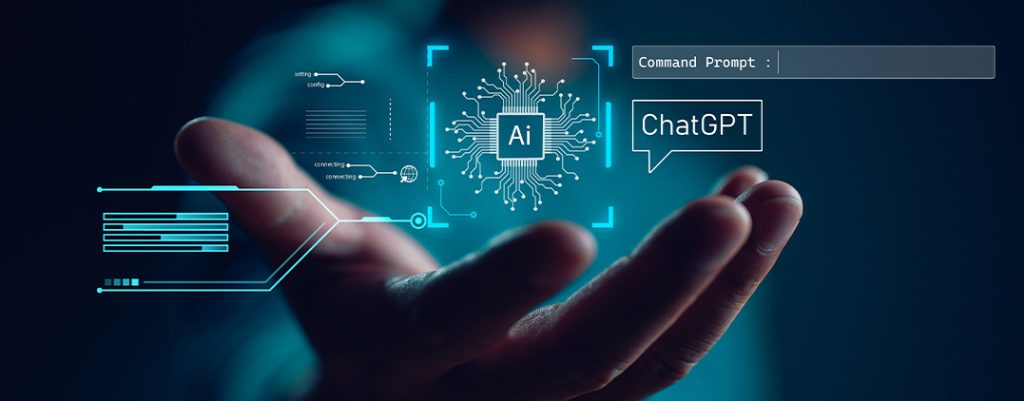In the dynamic world of digital marketing, personalization is key. As a marketing director, you’re likely familiar with segmentation, but have you unlocked its full potential?
Harnessing AI-Enhanced Micro-Segmentation
Micro-segmentation involves dividing a larger market into smaller, specific customer groups. AI enhances this by analyzing vast amounts of data, including consumer behaviors, interactions, online activity, and preferences, to create detailed customer segments. This enables hyper-personalized marketing strategies that resonate with customers, enhancing engagement and driving higher conversion rates.
Implementing AI-Driven Micro-Segmentation
- Assess Your Data Quality: Before implementing AI-driven micro-segmentation, ensure you’re gathering diverse customer data from various sources, assess and improve data quality regularly.
Consider AI tools like Data Ladder for comprehensive data quality solutions, OpenRefine for data cleaning and transformation, Talend for data standardization and profiling, and Ataccama for data profiling and cleansing. Precisely and Informatica also offer robust data quality solutions. These tools can integrate with Google Analytics and Salesforce for enriched data collection. Choose based on your specific needs, dataset size, and technical capabilities.
- Select Robust AI Tools: Choose AI tools known for data analysis and segmentation capabilities. Consider AI tools like Tableau for interactive data visualization, Microsoft Power BI for comprehensive business intelligence, Polymer for transforming data into a powerful database, Akkio for user-friendly data analysis, and Salesforce Einstein for customer behavior insights and automation. Each tool offers unique features, so select the one that best aligns with your goals.
- Create Hyper-Personalized Content: Use insights from AI analysis to create content that speaks directly to the micro-segments. Platforms like HubSpot and Facebook Ads Manager can help get personalized content to your micro-segments. Shortly AI, Jasper, Writesonic, Copy.AI, or Simplified are AI-driven tools designed to enhance content creation, from long-form writing to generating high-converting copies and personalized content for diverse audiences.
- Optimize Campaigns in Real-time: Use AI tools like Optimizely or Google Optimize to monitor and optimize your campaigns, allowing data-driven modifications.Adobe Target, VWO, Dynamic Yield, Convertize, and SiteSpect are additional tools offering features from A/B testing and AI-powered personalization to optimization, some providing user-friendly interfaces and seamless integrations with popular platforms.
- Measure and Refine: Post-campaign, assess performance data to identify what worked and what didn’t. Google Data Studio, Tableau, Microsoft Power BI, Qlik Sense, and Looker are top-tier analytics tools, each offering unique features from robust data visualization, integrations with major platforms, to real-time insights, catering to diverse business needs.
- Employ Retargeting Strategies: Use AI-driven micro-segmentation insights to retarget customers. Tools like AdRoll, Retargeting, Criteo, OptiMonk, ReTargeter, and MadgicX can assist in effective retargeting.
- Explore Predictive Analytics: Use tools like DataRobot, RapidMiner, Alteryx, KNIME, ai, SAS Advanced Analytics, IBM SPSS Modeler, and Microsoft Azure Machine Learning Studio to forecast future trends and customer behavior.
- Collaborate with Influencers: Engage with influencers who have a strong following in your target micro-segments. Tools like BuzzSumo or NinjaOutreach can help find suitable influencers.
- Update Customer Segments: Regularly update your micro-segments to reflect the dynamic market. Schedule regular intervals to reassess your customer segments using the latest data and AI analyses.
- Encourage Customer Feedback: Continuously seek customer feedback to refine your micro-segments. Tools like SurveyMonkey or Typeform can help create engaging surveys, Hotjar, Userbrain, UserReport, and Sprinklr offer innovative ways to gather customer feedback, from visual heat maps and behavior recordings to integrated survey widgets and comprehensive feedback management for larger organizations.
Success Stories
BECU: BECU, a credit union based in Washington, leveraged AI to create micro-segments for its marketing campaigns. Through the use of machine learning software from Amplero, BECU was able to automatically create and understand micro-segments and tailor messages to these segments to drive applications for mortgages, credit cards, and auto loans. This strategy resulted in a 10% increase in applications.
*Source: The Financial Brand
Netflix: Netflix employs AI and machine learning to micro-segment its user base and personalize the content displayed to each user. For example, Netflix customizes the thumbnail images of movies and series based on a user’s viewing history. A user who mostly watches romantic movies may see different thumbnails than a user who prefers action films. This level of personalization increases user engagement and retention.
*Source: Emerj
Challenges and Solutions
While AI-driven micro-segmentation has benefits, challenges may arise, including ensuring data quality, integrating AI tools with existing systems, and overcoming resistance to new technologies. Regularly audit data, choose compatible AI tools, and provide ample training and support to staff.
Empower Your Team and Encourage Collaboration
Train your marketing team on AI tools and micro-segmentation strategies, foster a culture of continuous learning and adaptability. Ensure collaboration among different departments such as marketing, sales, IT, and customer service. Share AI analysis insights with relevant teams and establish cross-functional groups for strategic planning.
The Future of Marketing
The innovation in AI and micro-segmentation requires marketers to be agile and informed. With a keen understanding of AI and strategic implementation of micro-segmentation, you’re equipped to craft marketing strategies that resonate personally with your audience, and navigate your marketing endeavors to unprecedented successes.




